Why You're Probably Wearing the Wrong Shoe Size
Meghan Blalock Sun, 26 Sep 2021 Who What Wear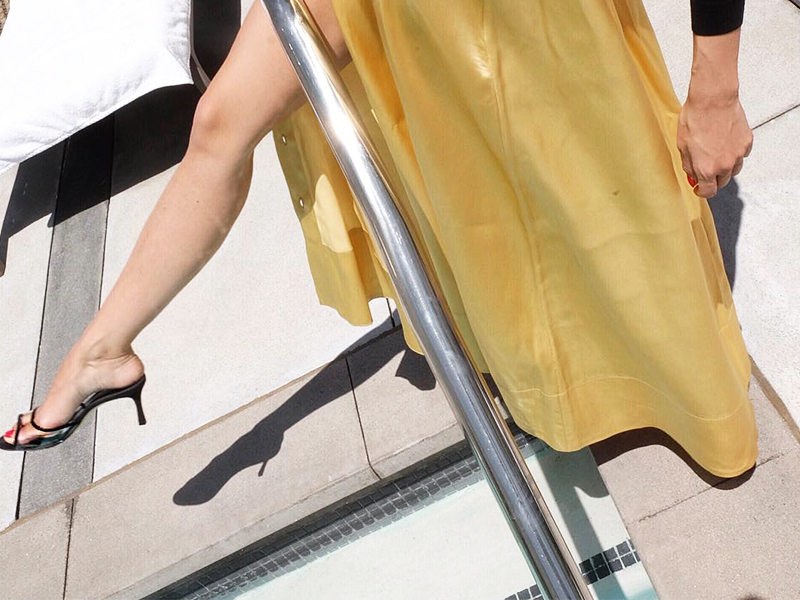
We've already seen how much a simple piece of tape can seriously lessen the amount of pain caused by your high heels, but another piece of research to emerge from the footwear field is even more mind-blowing. According to The Wall Street Journal, a study out of the UK reveals that as many as half of all women are wearing the wrong shoe size. Wait, what?
According to the study conducted by the College of Podiatry, of 2000 adults surveyed, one-third of men and nearly half of women admitted to purchasing shoes that didn't exactly fit. While it might not seem like a huge deal whether a pair of heels feel a smidge too tight at the time of purchase, the research shows that improperly fitting shoes can actually have a number of negative health effects. Hammertoes, deformities, bunion growth, and consistent foot pain are givens, but poorly fitting shoes can also contribute to things like headaches and back pain.
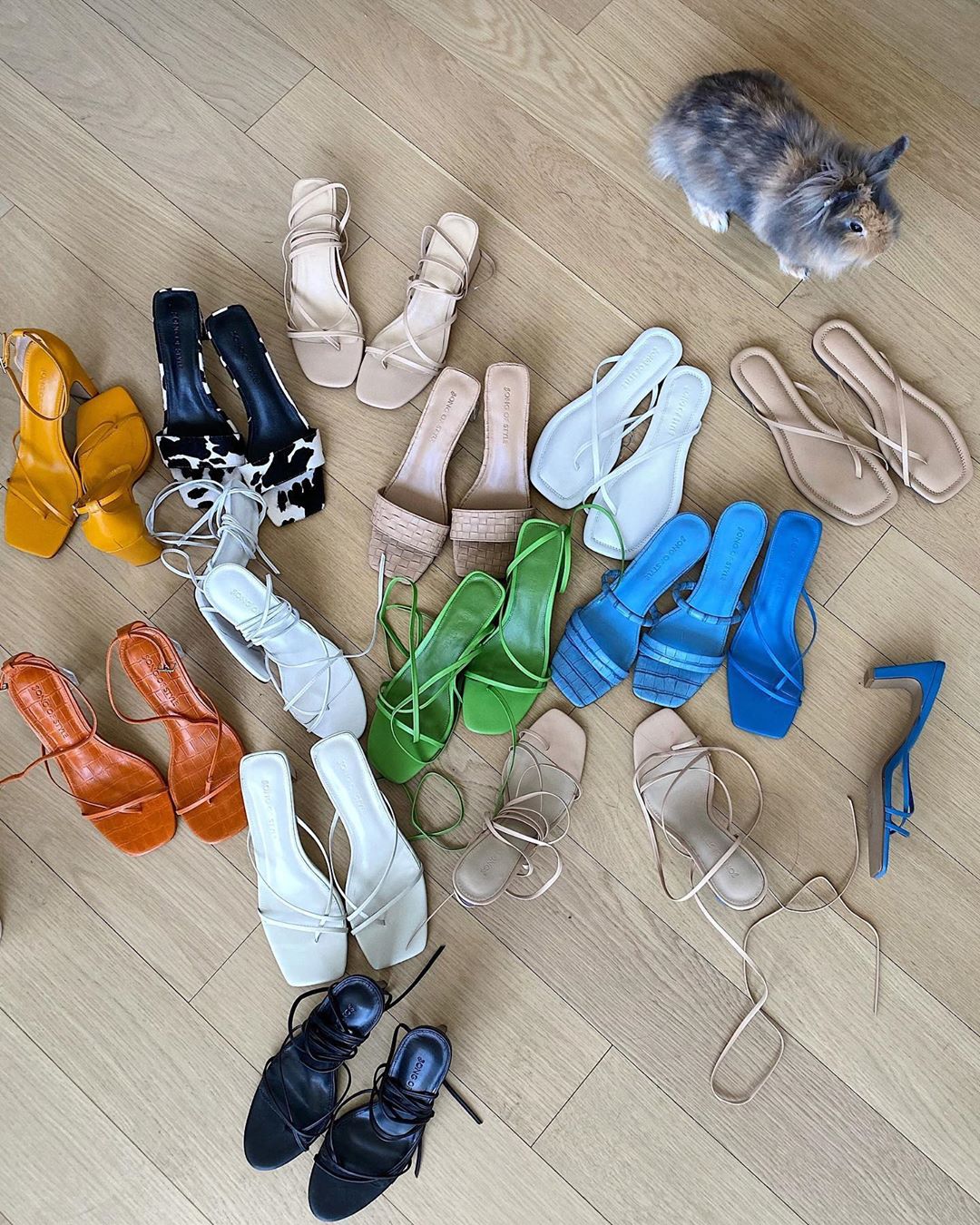
The solution? Never wear a pair of shoes you haven't confirmed properly fit. In theory, this means shopping online for shoes is a risk, and if they don't fit when you receive them, you should return them. But more importantly, getting a really solid measurement of your feet to determine the size you should be wearing is a must. Back in the day, most people had their feet professionally measured on a regular basis. Nowadays, that's a rarity. But there's good news: You can do it yourself.
Read on for eight easy DIY steps for how to measure your shoe size.
1. Take out a piece of notebook paper. If you don't have lined notebook paper, a normal piece of paper will do.
2. Place your naked foot—or your socked foot, depending on how you most often wear shoes—onto the piece of paper. We recommend sitting in a chair or crouching, not standing. Also make sure you are on a truly flat surface, like a part of your house with hardwood floors.
3. Trace your foot. We recommend using a pen or pencil for this part so you don't leave any serious markings on your foot and/or sock. When you're done, it should look like your foot tracing is inside a rectangle.
4. Outline your tracing with straight lines. Using a ruler, draw a perfectly straight line on each edge of your foot: the toes, each side, and the heel.
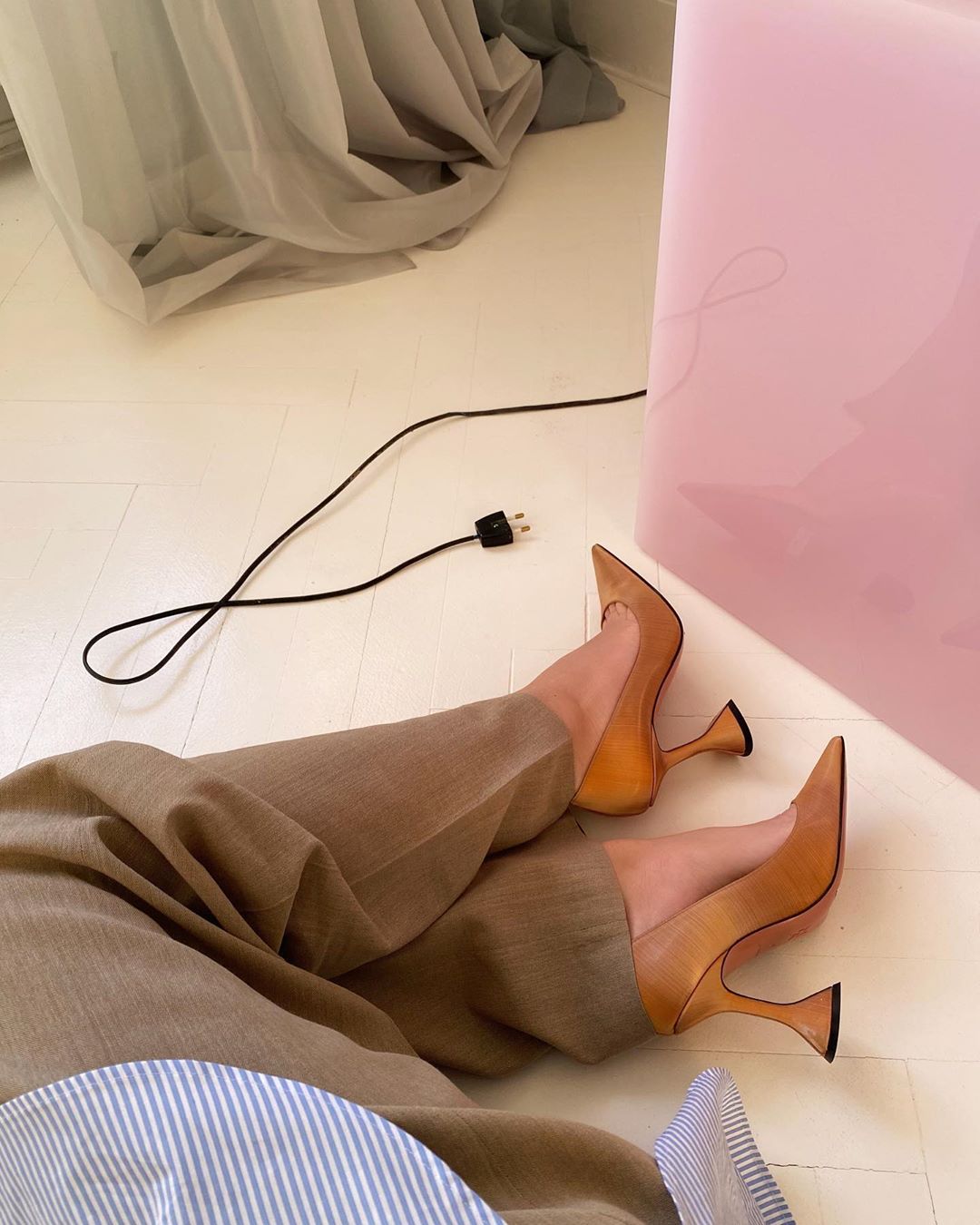
5. Measure the length and width of your foot. Using your ruler, measure the inches between the two parallel lines on either side of your foot: top to bottom and side to side. Note these two numbers.
6. Subtract 3/16 of an inch from each number. This just accommodates for the tiny bit of extra space between your foot and the straight lines.
7. Using the chart below, find your true shoe size based on the length of your foot.
Size 4: 8 3/16 inches or 20.8 cm
Size 4.5: 8 5/16 inches or 21.3 cm
Size 5: 8 11/16 inches or 21.6 cm
Size 5.5: 8 13/16 inches or 22.2 cm
Size 6: 9 inches or 22.5 cm
Size 6.5: 9 3/16 inches or 23 cm
Size 7: 9 5/16 inches or 23.5 cm
Size 7.5: 9 1/2 inches or 23.8 cm
Size 8: 9 11/16 inches or 24.1 cm
Size 8.5: 9 13/16 inches or 24.6 cm
Size 9: 10 inches or 25.1 cm
Size 9.5: 10 3/16 inches or 25.4 cm
Size 10: 10 5/16 inches or 25.9 cm
Size 10.5: 10 1/2 inches or 26.2 cm
Size 11: 10 11/16 inches or 26.7 cm
Size 11.5: 10 13/16 inches or 27.1 cm
Size 12: 11 inches or 27.6 cm
8. Find the right width. Most shoes don't come with width sizes, but a few do note if they're especially narrow. If you need it, see this helpful chart to determine your appropriate shoe width size.
Once you have the size that's perfect for you, keep scrolling to shop some irresistible shoe styles.

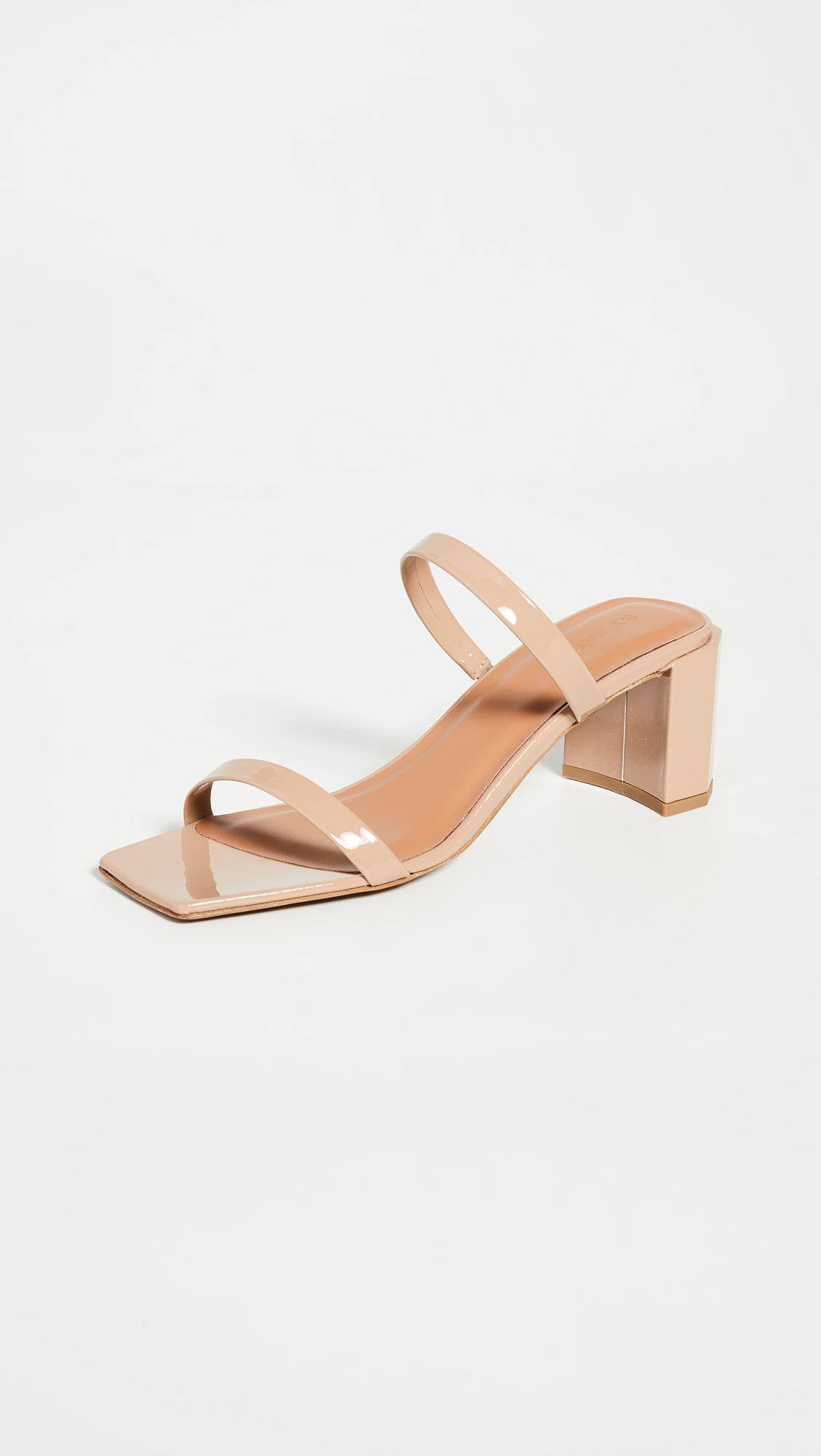




















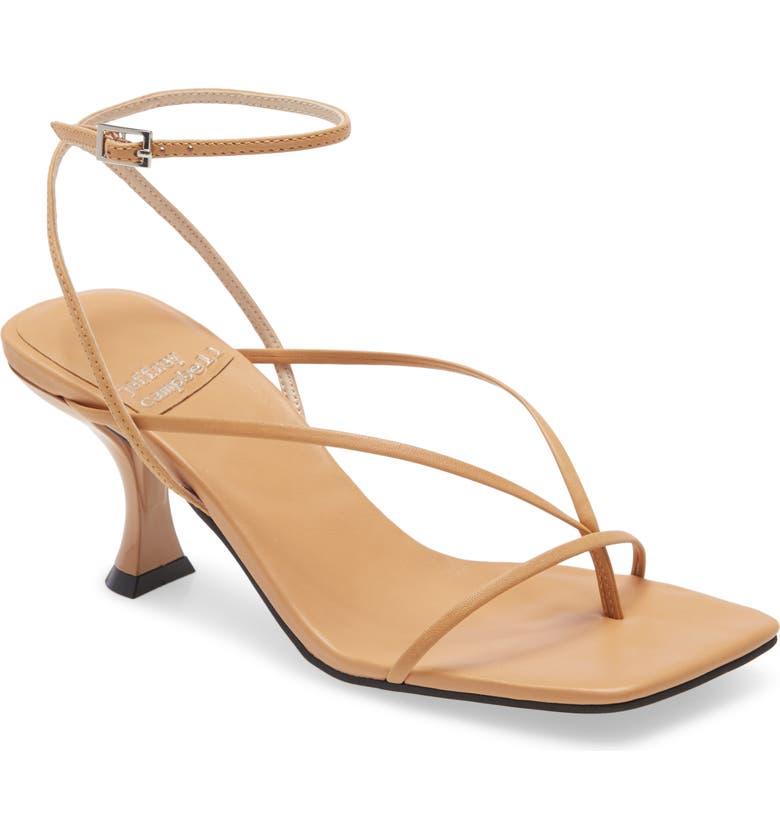
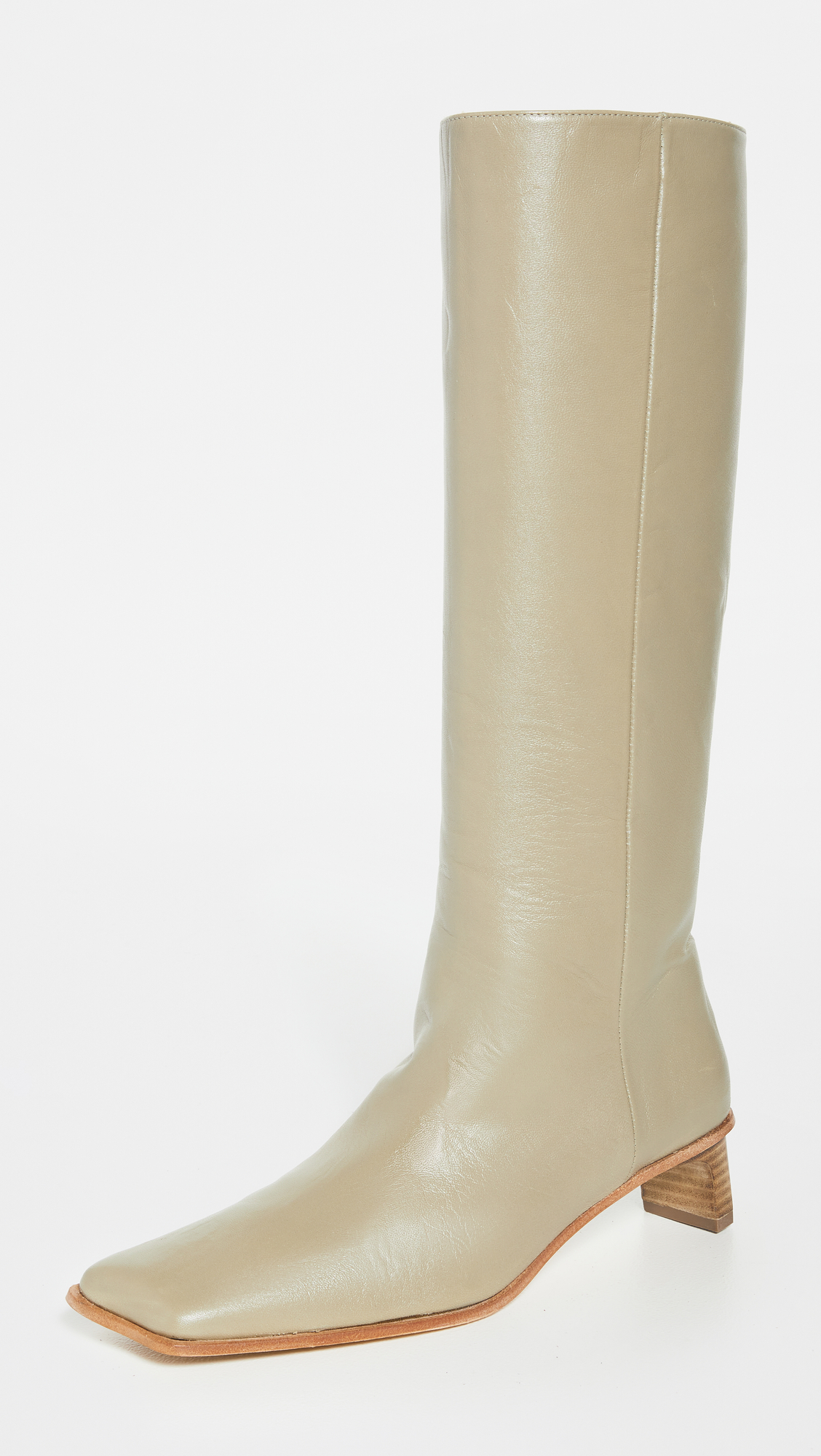


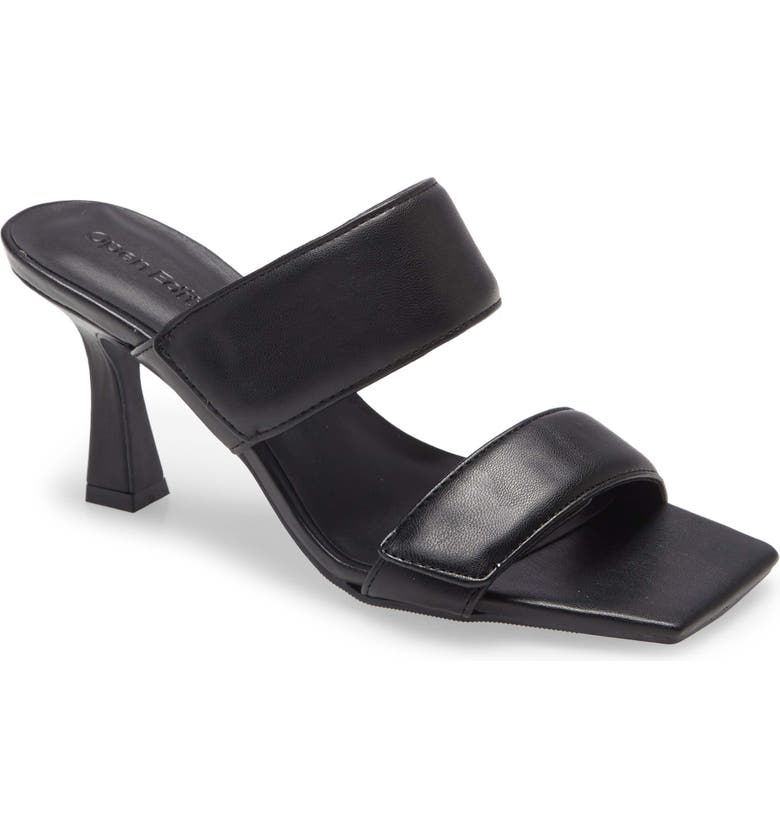
This post was originally published at an earlier date and has since been updated. Up next, Five Basic Accessories to Wear With Every Kind of Outfit







